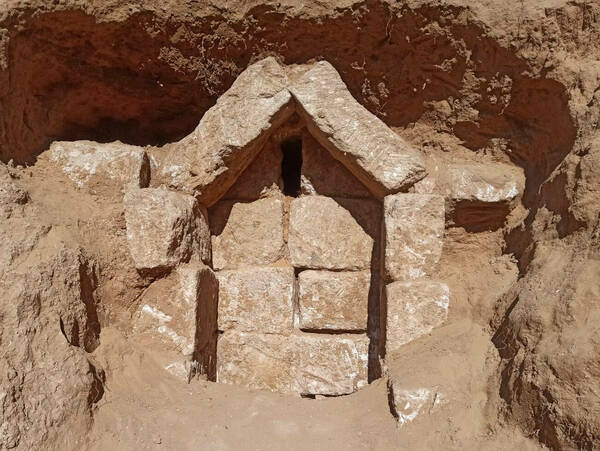
The Palestinian Ministry of Tourism and Archeology said its crews seized objects uncovered in the tomb said on Monday and asked for construction work to be stopped. An independent archeologist said, however, that photos he saw suggest the site was a cemetery rather than a tomb dating back to the "late Roman era to early Byzantine period, 1,600 years ago."
Local media reports said people, some of them using donkey-drawn carts, have looted many artifacts from the site in northwest Gaza City. Residents in the area said findings including casket covers and inscribed bricks were found a week before the ministry's announcement.
Gaza, a coastal enclave home to more than 2 million people, is known for its rich history stemming from its location on ancient trade routes between Egypt and the Levant.
"They indicate that a Roman temple or a Byzantine church are nearby,'' said the expert, who spoke on condition of anonymity because he was not authorized to comment.
Last week, authorities from Hamas sponsored the inauguration of a 5th-century Byzantine church that was restored by local and international non-governmental organizations as a museum.
The Ministry of Tourism and Antiquities in Gaza said that it had informed the Ministry of Public Works and Housing to stop work and close the area designated for the construction of the Egyptian city in Beit Lahia, northwest of the Gaza Strip.
The ministry stated that its crews headed to the location of the area designated for the housing project in the north of Beit Lahia, and conducted preliminary examinations after finding the remains of a tomb from the Roman era. A specialized committee has been formed to study the archeological finds, identify its nature and historical value, and come up with appropriate recommendations to deal with the discovered site.